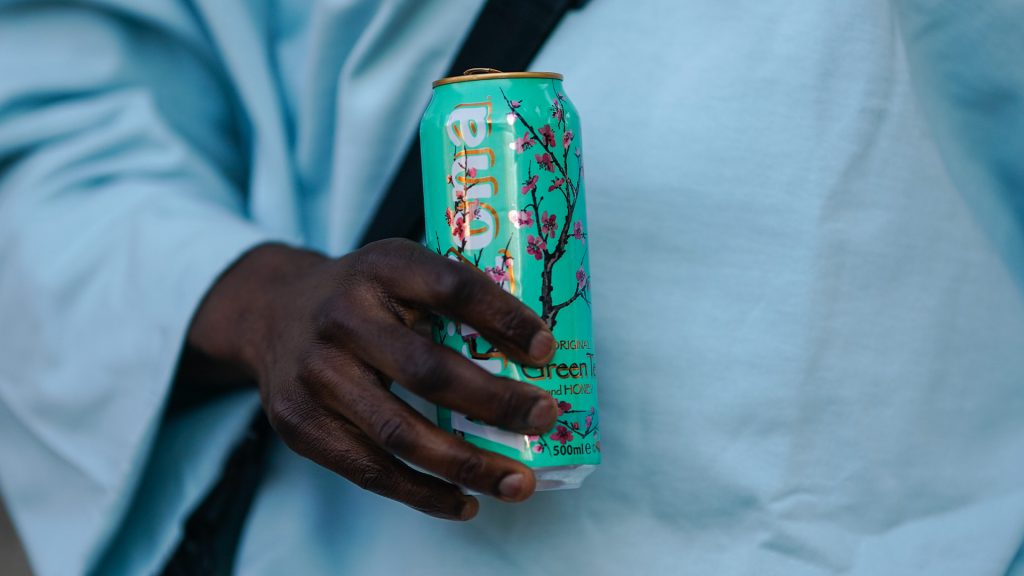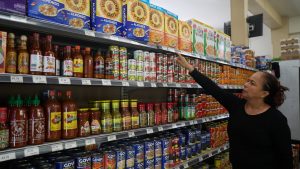AriZona’s 99-cent iced tea may see a price hike — tariffs could be to blame

For nearly three decades, AriZona Iced Tea has been a rare constant in grocery stores and gas stations: a 22-ounce can, boldly stamped with “99¢,” offering flavors such as lemon, raspberry, peach and green tea. But now, founder and chairman Don Vultaggio says that the long-standing bargain may be coming to an end.
Why the price could rise
Vultaggio told The New York Times he may have no choice but to raise prices for the first time since introducing the 99-cent tallboy in 1997. The reason: soaring aluminum costs, driven in part by tariffs.
AriZona sells more than 2 billion cans of iced tea annually, generating more than $4 billion in sales. In doing so, it uses more than 100 million pounds of aluminum annually. 80% of that aluminum is recycled material that is produced in the U.S.
Economic impact
AriZona Iced Tea uses more than 100 million pounds of aluminum each year, about 20% of which is imported from Canada. New 50% tariffs on imported aluminum might drive prices up.

The other 20% of that aluminum comes from Canada. Canada faces a possible 35% tariff, depending on what goods are exempt under the U.S.-Mexico-Canada trade agreement, according to the BBC. Analysts are still watching to see what transpires next between the U.S. and Canada on trade.
But the big factor right now is Trump’s new tariff of 50% on aluminum imports. That tariff is already in place and is having a ripple effect across various industries. Vultaggio says that when it comes to his iced tea brand, “at some point the consumer is going to have to pay the price.“
Competing with other name brands
The brand’s low price — printed directly on its brightly patterned turquoise, pink and yellow cans — and lack of traditional advertising have helped AriZona compete with giants like Snapple, Lipton and Nestle.
Vultaggio told the Times he has always run his company on three principles: make it taste good, make it look good and price it right. He introduced the 99-cent tallboy in 1997, and within a few years, sales rose by 30%. He called the price listed on the can “common sense.”
The New Jersey-based company controls every step of its production process, and has no shareholders and no debt, according to Vultaggio. Inexpensive raw materials such as water, sugar and flavorings have helped keep prices low.
The founder’s take on tariffs
One of the stated goals of Trump’s tariffs is to boost domestic production and manufacturing of goods. Another is to bring in billions of dollars monthly in tariff revenues. But Voltaggio cautioned: “I hope the administration understands and deals with the fact that if you’re going to protect American manufacturers, you can’t allow them to gouge the marketplace because of that protection.”
While he “hates even the thought” of raising prices, Vultaggio admits that with aluminum costs and tariffs climbing, the 99-cent can’s days may be numbered.





